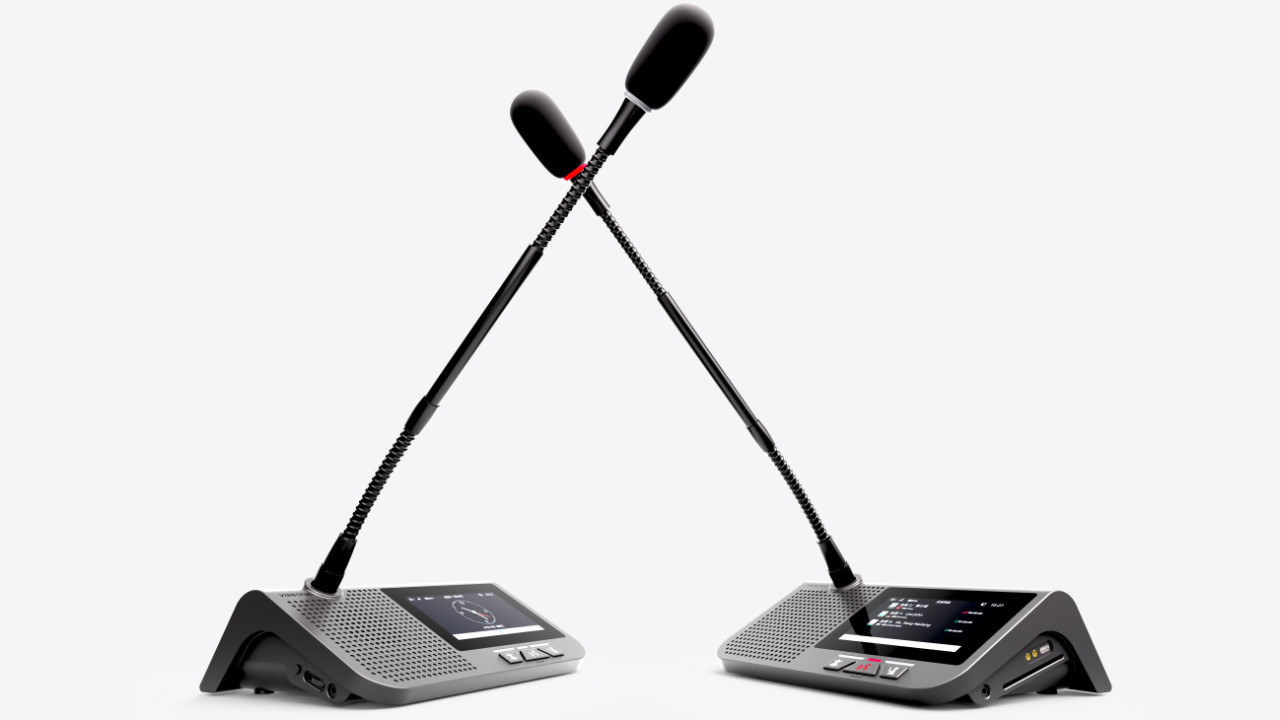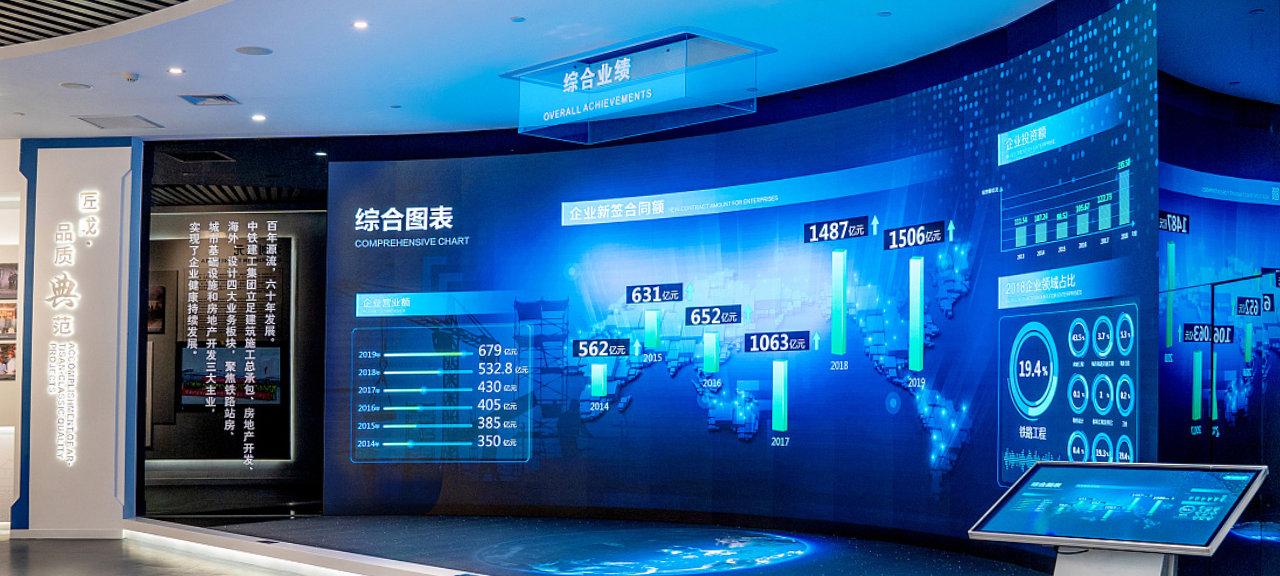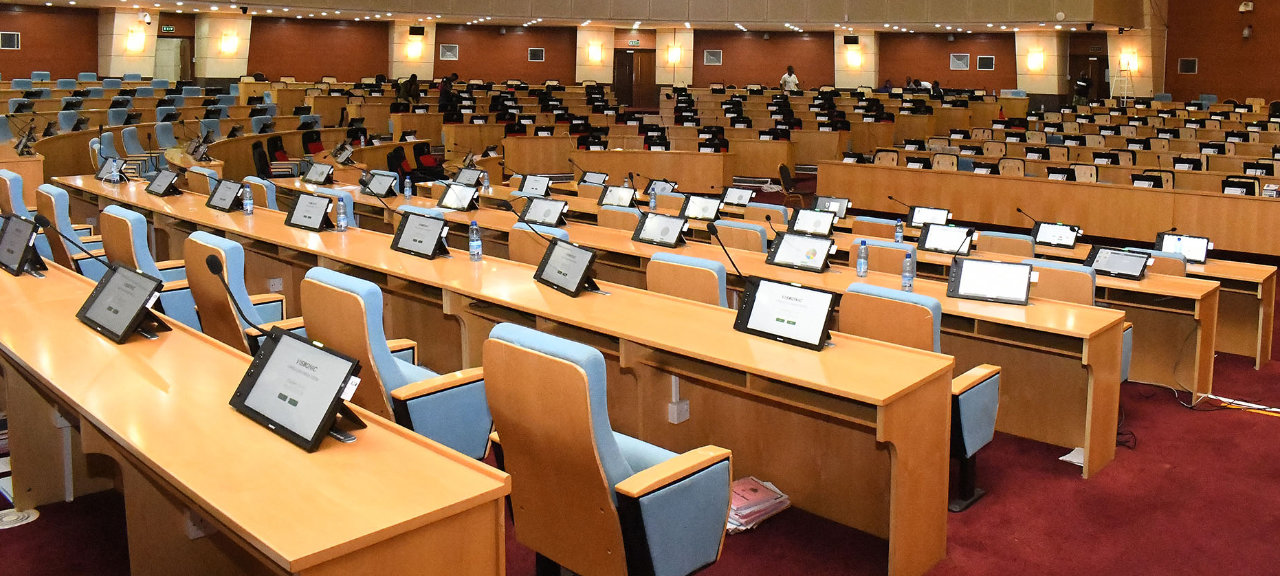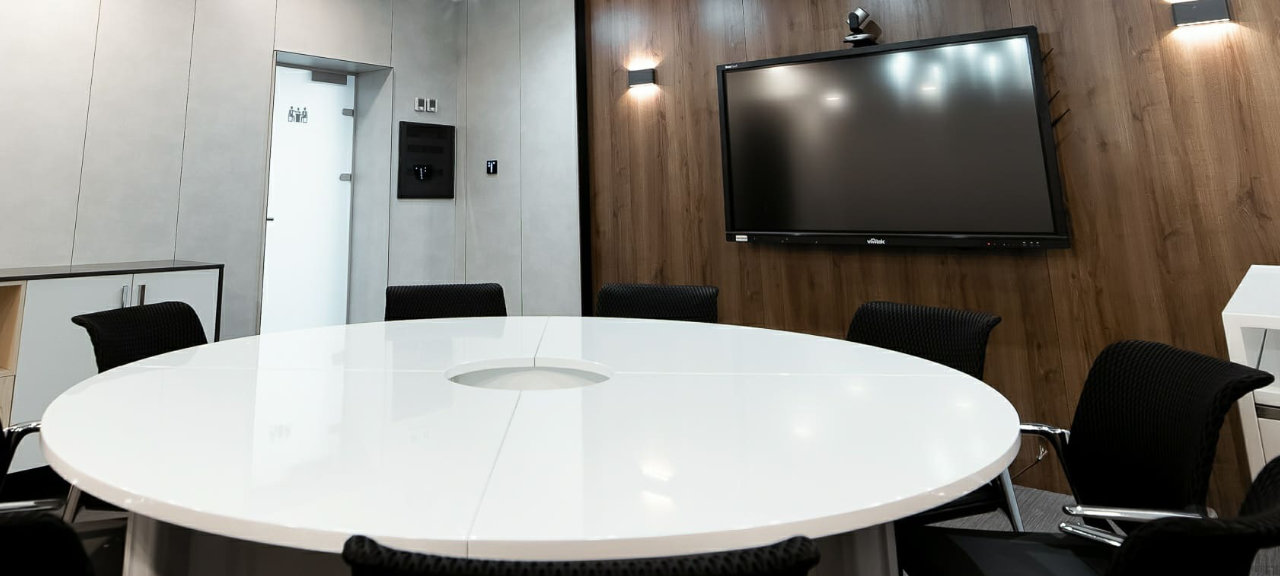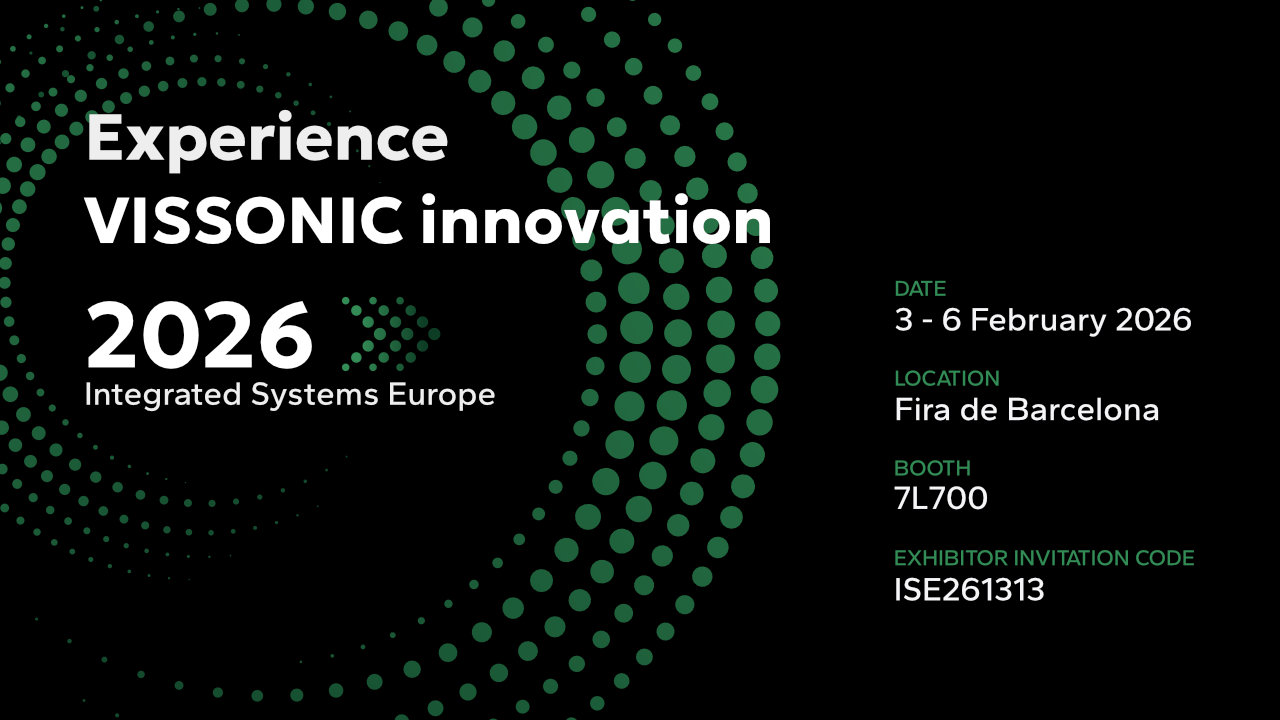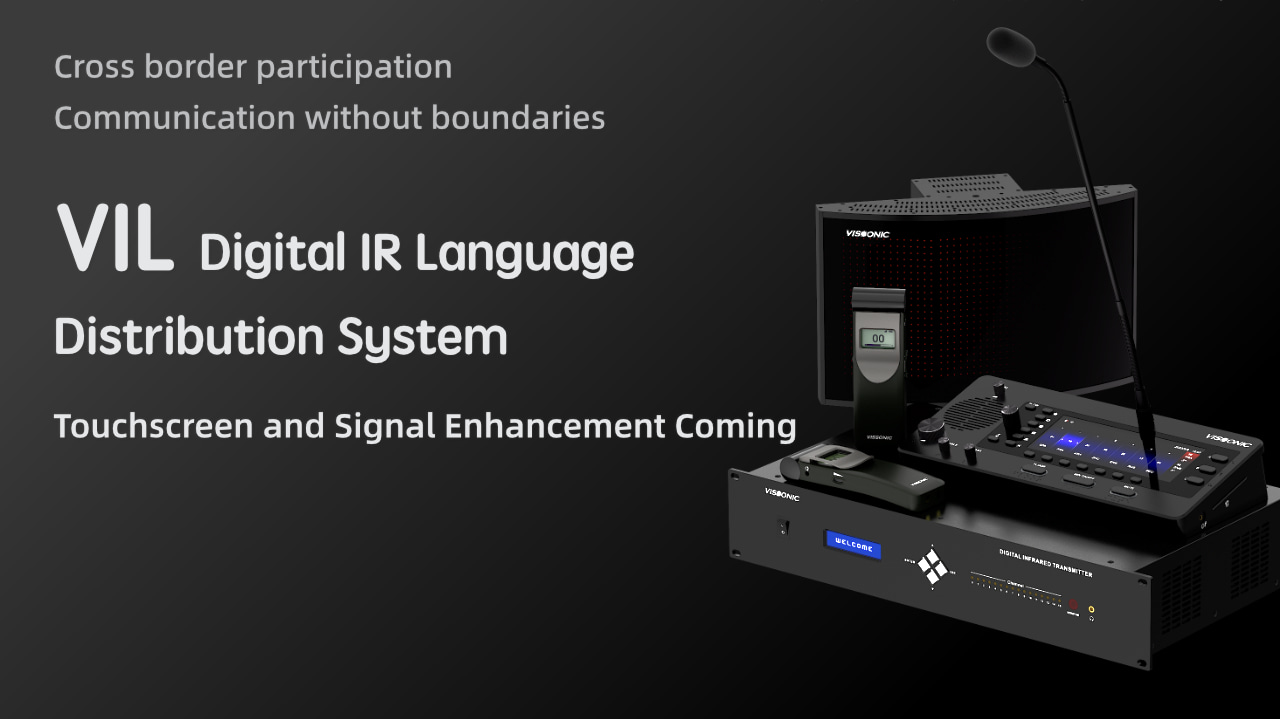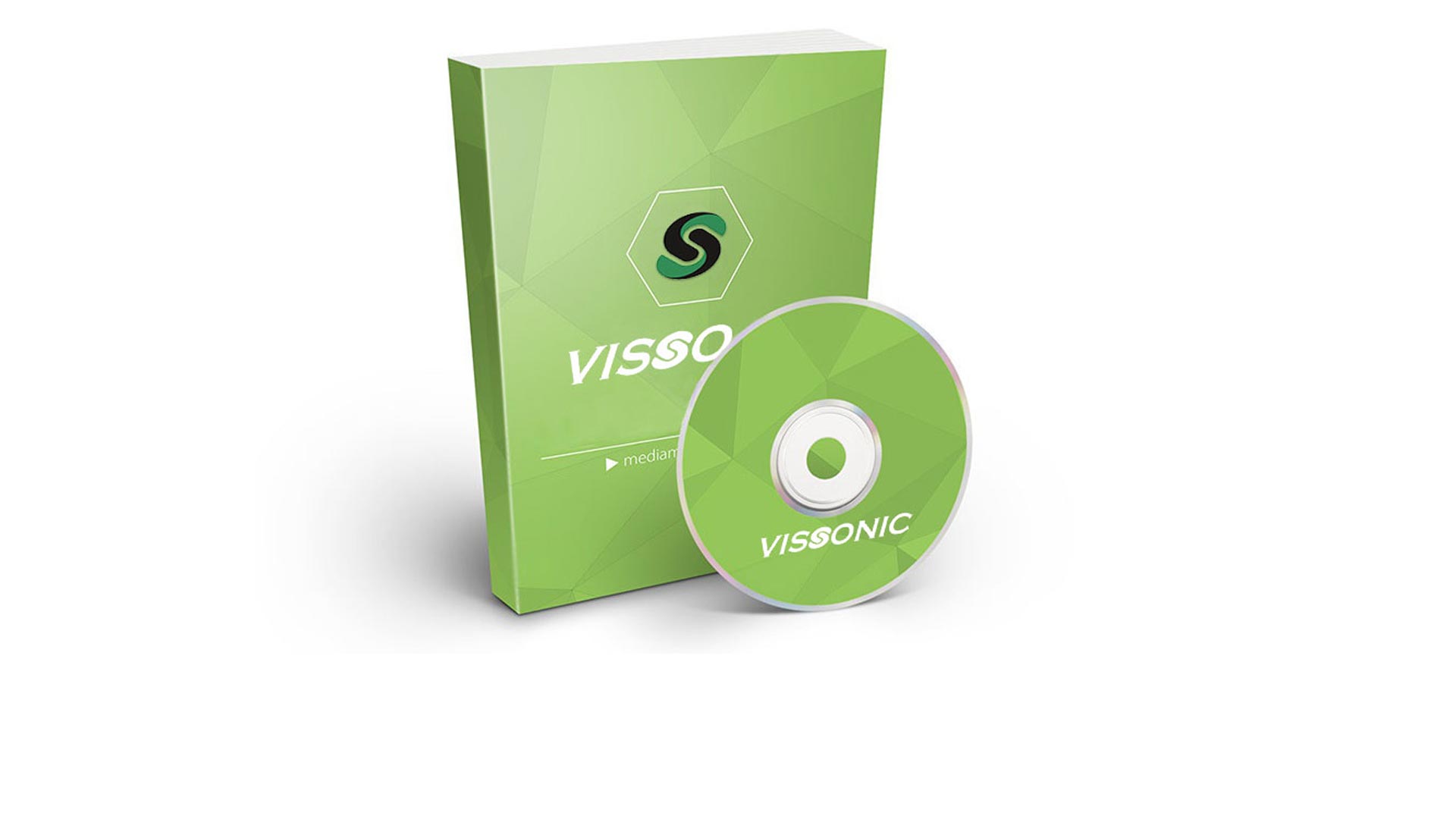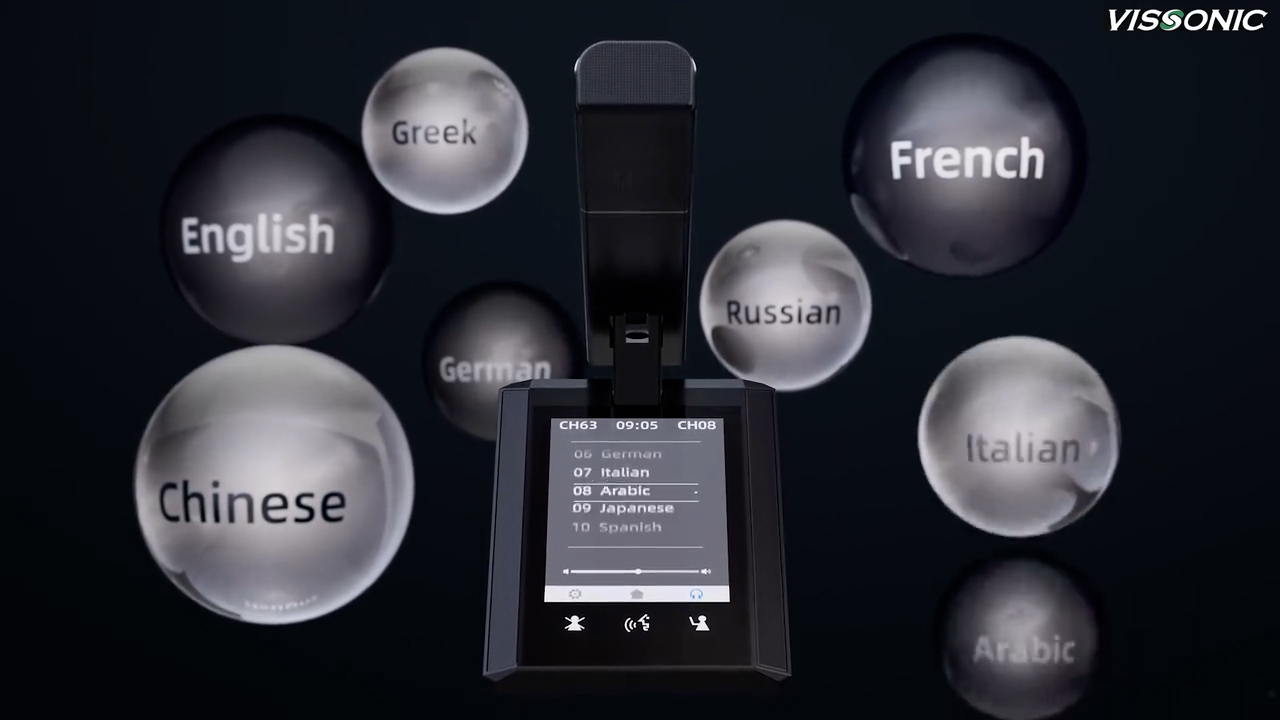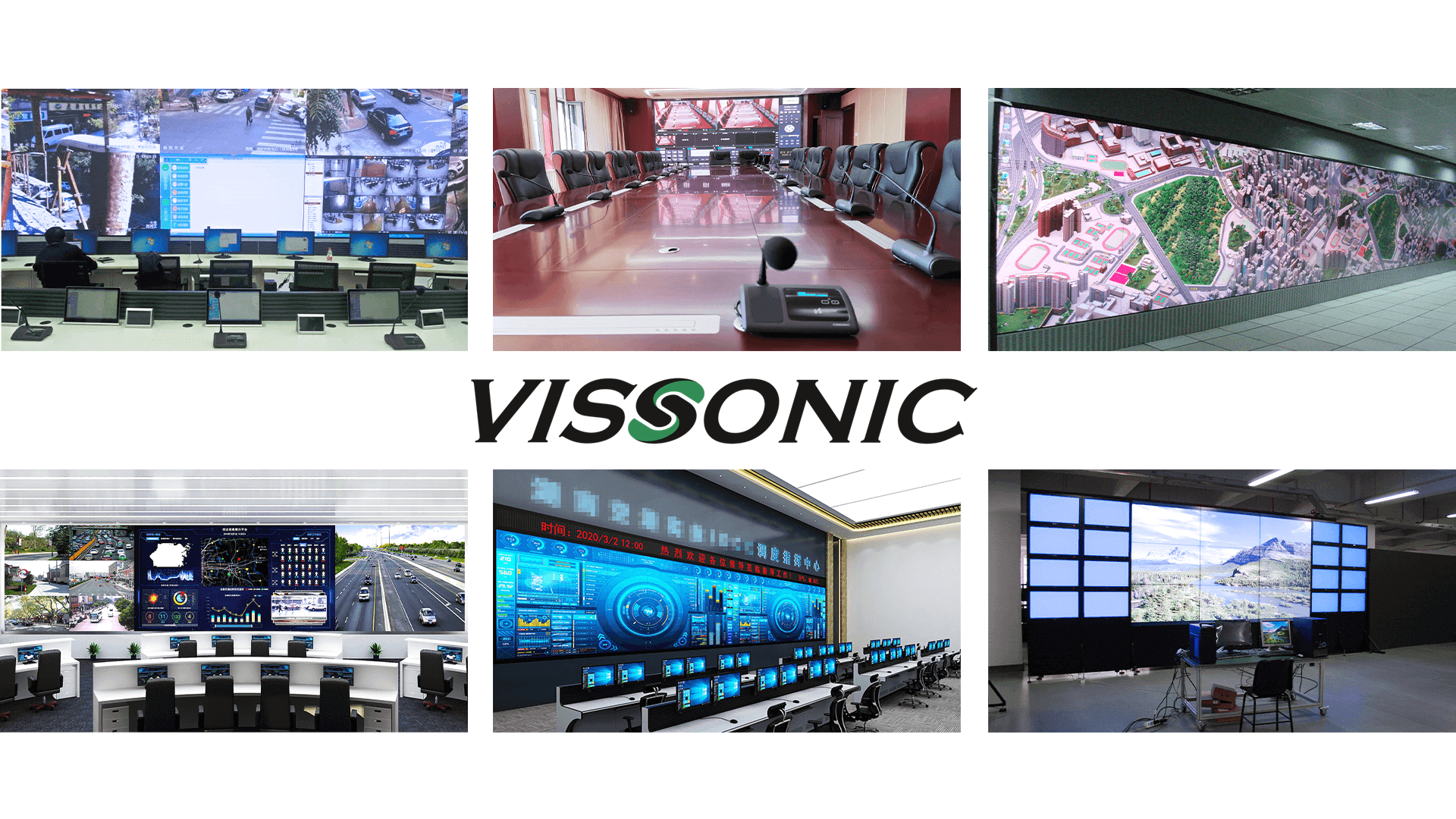How Much Do You Know About Digital Light Processing?
Digital Light Processing, or DLP, is a display technology that uses tiny mirrors to create an image. It was invented by Texas Instruments in 1987 and has since been used in a variety of applications, including projectors, televisions, and even 3D printing.
The basic idea behind DLP technology is to use millions of tiny mirrors, each of which can be tilted back and forth to either reflect light or redirect it away. By selectively tilting these mirrors, the DLP chip can create an image by reflecting light onto a screen. The mirrors are so small that they are measured in microns, with each mirror typically being only 16 microns across.
4k Videowall Splicing Processor Solution
One of the advantages of DLP technology is its ability to create very bright and colorful images. The mirrors are able to reflect light very efficiently, and the technology is able to create images with high contrast ratios and deep blacks. This makes DLP a popular choice for home theater projectors and large screen displays.
Another advantage of DLP technology is its reliability. Because the mirrors are solid state components, they are less prone to failure than other display technologies that use moving parts. Additionally, DLP projectors are able to run continuously for long periods of time without experiencing any image degradation.
One drawback of DLP technology is that it can suffer from the "rainbow effect." This occurs when the viewer sees a rainbow of colors that seem to follow moving objects on the screen. This effect is caused by the way that DLP technology creates color, which involves flashing red, green, and blue light in rapid succession. Some people are more susceptible to this effect than others, and it can be a significant distraction for those who experience it.
4k Videowall Splicing Processor Solution
Digital rear projection DLP is currently widely used in rear projection display and wall projection display functions. Previous contacts have used splicing processors with large screens to achieve high-definition rear projection and interactive display. This shows the current splicing processor (hybrid matrix) have a big market .
Traditional LCD splicing screens cannot be realized with built-in splicing boards. Any opening, roaming, superimposing, and full 4K splicing (4K resolution for each single screen) still need to be completed by an external splicing processor or splicing module.
It can be widely used in radio and television projects, multimedia conference halls, large-screen display projects, television teaching, intelligent traffic management centers, command control centers and other places.
VW-VM Hybrid Matrix 8 Channels Input And Output -144 Channels -288 Channels
The above-mentioned functions require the support of a hybrid matrix or a splicing processor to achieve the effect. Choosing a suitable hybrid matrix has become the top priority. The splicing processor produced by our company is compatible with the mainstream screen type in the market: LED technology LCD technology DLP technology, multi-compatibility, unique technology, flexible control, convenient interaction.
DLP technology has been used in a variety of different products over the years. DLP technology is used in DLP front projectors (standalone projection units for classrooms and business primarily), DLP rear projection television sets, and digital signs. It is also used in about 85% of digital cinema projection, and in additive manufacturing as a light source in some printers to cure resins into solid 3D objects.
One of the most common applications is in home theater projectors. DLP projectors are able to create bright and colorful images that are ideal for watching movies or sports on a large screen. They are also relatively affordable compared to other projector technologies, making them a popular choice for budget-conscious consumers.
In addition to projectors, DLP technology has also been used in televisions. While DLP TVs were never as popular as their LCD and plasma counterparts, they did offer some advantages over those technologies. For example, DLP TVs were able to create deeper blacks and higher contrast ratios than LCD and plasma TVs.
DLP technology has also been used in 3D printing. In this application, DLP is used to create a high-resolution mask that is used to project a pattern onto a vat of liquid resin. The resin is then cured by exposure to UV light, creating a solid object layer by layer. DLP-based 3D printers are able to create very detailed and precise objects, making them a popular choice for applications such as jewelry making and dental prosthetics.
Overall, Digital Light Processing is a versatile and reliable display technology that has found applications in a variety of different industries. Its ability to create bright and colorful images with high contrast ratios makes it a popular choice for home theater enthusiasts, while its reliability and long life span make it a good choice for commercial applications. Although it does suffer from the "rainbow effect," this is not a significant issue for many users, and DLP technology remains a popular choice for a wide range of applications.
VISSONIC Electronics is a PRO AV manufacturer and solution provider, with its own brand VISSONIC, is comprised of R & D, production, sales and marketing worldwide. We mainly developing high tech audio visual devices including: Digital DSP Conference system, 5G wifi wireless conference system, wireless translation system, matrix switchers for standalone and modular, and video wall processor etc.
You can require complete products specs/market strategy information of VISSONIC, or send us your suggestion, by this form, it’s the fastest way you build cooperation with us.
General Inquiry: info@vissonic.com.
Technical & after sales: support@vissonic.com.

